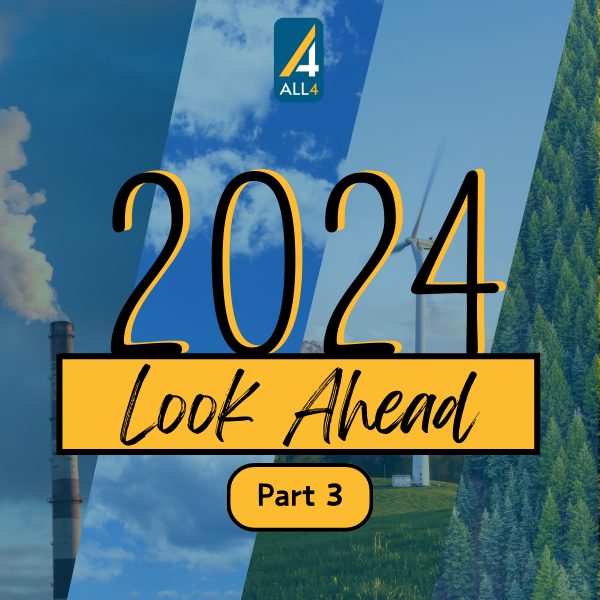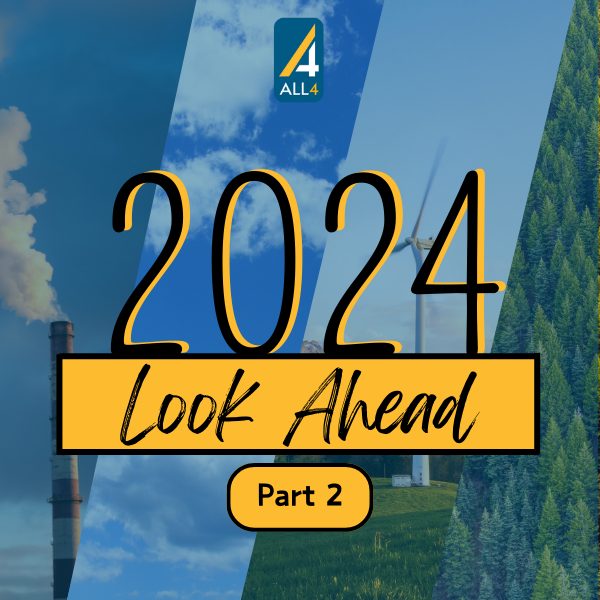
How To Develop A Regulatory Compliant QA/QC Program For Your CMS – Part 1
Posted: June 11th, 2025
During a regulatory inspection or audit you may be asked to provide a Quality Assurance/Quality Control (QA/QC) Plan for your Continuous Monitoring System (CMS). You provide the QA/QC Plan, and the inspector/auditor determines that the QA/QC Plan is robust enough […]
Read article
Stay Current: CEDRI and ERT Updates You Need to Know!
Posted: May 29th, 2025
Stay up-to-date with the latest changes to the United States Environmental Protection Agency (U.S. EPA) Compliance and Emissions Data Reporting Interface (CEDRI) and the Electronic Reporting Tool (ERT). The following updates are important to keep in […]
Read article
2025 Look Ahead
Posted: January 15th, 2025
Part 1 2025 Look Ahead // Colin McCall Happy New Year to our colleagues, clients, and partners as we enter 2025. Each January, we are excited to outline observations and insights that will help with proactive planning around environmental, health, […]
Read article
U.S. EPA Issues Memo on Adjusting Condensable PM Test Results
Posted: December 10th, 2024
On November 21, 2024, the U.S. Environmental Protection Agency (EPA) issued a short Memorandum entitled: Condensable PM Adjustment for Ammonium Sulfate Formation in M202 Test Results. The actual correction method is provided by OTM-59, Method for the Correction of Residual […]
Read article
The Risk of Operating Obsolete CMS Equipment
Posted: July 30th, 2024
Continuous Monitoring Systems (CMS) are required by applicable regulations to demonstrate compliance with emissions standards and/or parametric operational limits. Facilities have an obligation to minimize CMS downtime to maintain a continuous compliance demonstration. What if CMS downtime is incurred because […]
Read article
The Clock is Ticking to Get Ethylene Oxide CEMS Installed & Certified
Posted: May 8th, 2024
The U.S. Environmental Protection Agency (U.S. EPA) finalized revisions to 40 CFR Part 63, Subpart O – Ethylene Oxide Emissions Standards for Sterilization Facilities (Subpart O) following its residual risk and technology review (RTR). The final rule was published in […]
Read article
Update on Protocol Gas Certification for use in Source Measurements
Posted: April 24th, 2024
On March 11, 2024, the U.S. Environmental Protection Agency (U.S. EPA) issued a memorandum addressing “Accepted Use of Protocol Gases that are Recognized for Regulatory Use.” The memo was authored by staff members from both the Office of Air Quality […]
Read article
So – You Failed a RATA, Now What?
Posted: February 13th, 2024
What’s a RATA? A RATA is a Relative Accuracy Test Audit, and it’s typically performed as an annual audit on a continuous emissions monitoring system (CEMS). A third party brings an independently certified CEMS and hooks it up to your […]
Read article
2024 Look Ahead Part 3
Posted: January 25th, 2024
2024 Look Ahead: Occupational Health and Safety // Victoria Sparks As we look back on 2023, the Occupational Safety and Health Administration (OSHA) was busy – expanding National Emphasis Programs (NEPs), hiring more inspectors, conducting more inspections, and expanding rules […]
Read article
2024 Look Ahead Part 2
Posted: January 18th, 2024
PFAS Expectations for 2024 // Kayla Turney With the new year, we expect to see several of the same issues relating to per- and polyfluoroalkyl substances (PFAS), as well as a handful of new ones to tackle. While the regulatory […]
Read article
